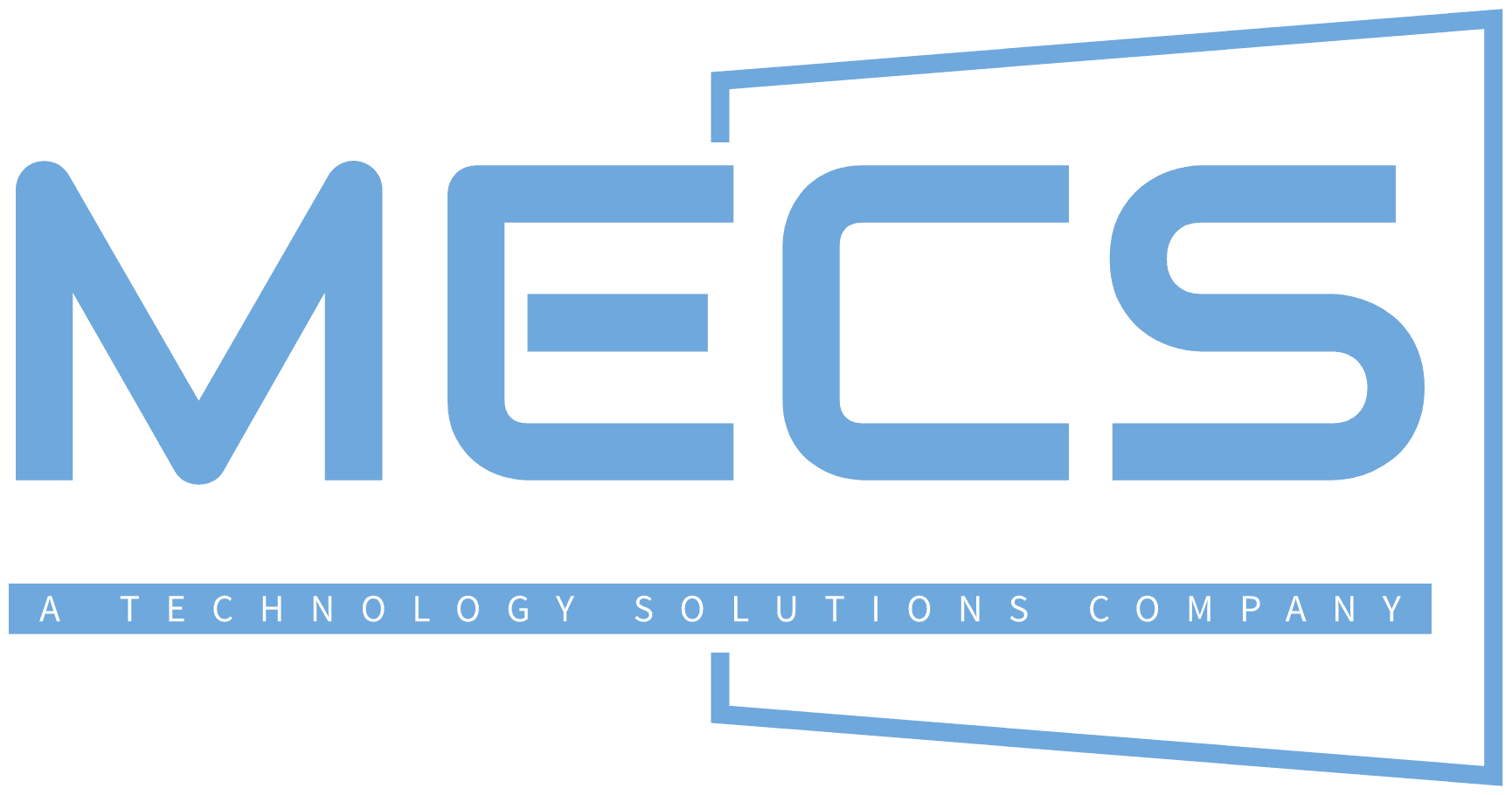Connecting Citizens, Closing the Gap: Live Event Production in the Public Sector
In today’s hyper-connected world, a new imperative burns bright in the public sector: communication and engagement. Citizens crave open dialogue, accessible information, and a clear understanding of the decisions that shape their lives. Yet, bridging the gap between policy and people faces unique challenges. Diverse audiences demand tailored approaches, and information silos often stand in the way of meaningful connections.
A powerful tool has emerged, ready to illuminate the path towards a more informed and engaged citizenry: live streaming. This dynamic medium transforms static communication into a vibrant, interactive platform for education, engagement, and empowerment.
Imagine town hall meetings streamed live, accessible to every corner of the community. Picture policy experts discussing complex issues in real-time, sparking dialogue and understanding. Witness community forums bursting with citizen voices, shaping decisions collaboratively. This is the transformative potential of live streaming in the public sector – a beacon of clarity, a bridge across information divides, and a catalyst for empowered civic participation.
So, ditch the dusty press releases and the one-way information blasts. In the age of live streaming, the public sector has a chance to join the wave of changing how people consume information.
The Power of Live Event Production: Unlocking Education, Engagement, and Empowerment
Educate:
Imagine demystifying complex policy changes on live television, not through sterile press releases but through interactive sessions with subject matter experts. Live streaming transforms public information sessions into dynamic learning experiences. City officials can dissect zoning codes live, offering visual aids and real-time Q&A to demystify the process. Health departments can combat misinformation about new vaccination programs, addressing citizen concerns head-on and providing accurate information in real time.
The possibilities extend beyond policy. Live streamed “Ask the Mayor” sessions can become virtual watercooler moments, giving citizens a platform to raise concerns and hear directly from their elected officials. Live tours of public facilities – from libraries to recycling plants – can spark community pride and understanding. And let’s not forget education! Live streamed science experiments from museums, virtual field trips to historical landmarks, and interactive art workshops hosted by local artists can bring learning to life for students beyond the classroom walls.
Engage:
Live streaming isn’t just about one-way communication; it’s about fostering dialogue. Forget passive town hall meetings; live online Q&A sessions can make citizen participation accessible to everyone. Picture parents tuning in from home after bedtime to ask questions about school budgets, or rural residents submitting queries via text message during a live discussion on infrastructure projects.
Beyond Q&A, live streaming can reimagine public hearings. Imagine live polls and interactive feedback tools giving citizens a real-time voice in decision-making. Think of it as a virtual agora, where diverse perspectives can be heard and considered openly. This level of engagement fosters trust and transparency, bridging the gap between officials and the public.
Empower:
Informed citizens are empowered citizens. Live streaming can be a powerful tool for promoting transparency and accountability. Live budget deliberations, council meetings, and even police operations can be broadcasted, giving citizens firsthand insight into how their government functions. This level of openness fosters trust and empowers citizens to hold officials accountable.
Live streaming can also be a catalyst for community involvement. Public live streams of volunteer initiatives, neighborhood clean-up drives, and even live voting for community projects can ignite passion and participation. Imagine watching live as your neighbors vote for the park renovation design, making you feel like a true stakeholder in your community.
This is just a glimpse into the potential of live streaming in the public sector. By educating, engaging, and empowering citizens, it can redefine the relationship between government and the governed. So, step aside, dusty pamphlets and one-way press releases. The future of public communication is live, interactive, and empowered – and it’s here to stay.
Live Streaming in Action: Beyond the Hype
Live streaming isn’t just a buzzword; it’s making waves in public sectors across the globe. Let’s dive into concrete examples of how various departments are harnessing its power.
Education:
Virtual Field Trips: The New York City Department of Education partnered with the Bronx Zoo, offering live streams of animal feedings and educational talks, bringing the zoo to classrooms throughout the city.
Global Collaboration: Remote students can be connected via live stream with fellow classmates and sister city schools to share science experiments, fostering cultural exchange and collaborative global learning.
Teacher Development: The Department of Education hosts live-streamed professional development workshops, allowing teachers across remote regions to access expert training.
Healthcare:
Live Q&A with Specialists: Public health departments can host live sessions with doctors and nurses to answer community questions about seasonal illnesses and vaccination programs.
Surgery Demonstrations: Hospitals are using live streaming to share surgical techniques with medical students and colleagues around the world, enhancing knowledge sharing and improving patient care.
Mental Health Support: Mental health organizations offer live-streamed support groups and individual therapy sessions, making access to crucial services easier for those facing geographical or mobility challenges.
Transportation:
Live Traffic Updates: City transportation authorities in use live streaming to provide real-time traffic updates and alternative route suggestions, easing congestion and informing commuters.
Public Transit Tours: London Underground takes viewers on live tours of stations and maintenance facilities, promoting transparency and public understanding of infrastructure operations.
Virtual Fare Inspections: Some transit authorities are testing live-streamed fare inspections to deter ticket evasion and promote passenger safety while minimizing physical interaction.
The Future of Public Sector Live Event Production: Beyond the Screen, Towards a Community Built Together
Live streaming isn’t just a flashy trend; it’s a portal to a future where communication and engagement reach new heights. The horizon glitters with emerging technologies and trends that will revolutionize how we connect with citizens.
Immerse Your Audience: Imagine town halls where citizens don’t just watch, they walk through virtual recreations of proposed development projects, offering feedback in real-time. AR and VR will dismantle the physical limitations of traditional interaction, fostering deeper understanding and collaboration.
Personalize the Experience: AI will become your secret weapon, tailoring live streams to individual viewers. Language translation, customized data visualizations, and targeted content will ensure everyone feels included and informed, regardless of their background or needs.
Data Becomes Dynamic: Dry budget presentations are a thing of the past. Interactive data visualizations will transform complex stats into captivating stories, allowing citizens to explore, question, and actively participate in decision-making processes.
Hyper-Local Connections: Live streaming isn’t just for city halls anymore. Hyper-local initiatives will bring the action to specific neighborhoods, with live Q&A sessions with local police officers, virtual tours of community centers, and even live discussions about proposed park renovations. This grassroots approach empowers citizens to have a say in decisions that directly impact their lives.
Accessibility: Ensure your stream is captioned, has transcripts available, and offers alternative viewing options for those who are differently-abled.
Security: Implement robust security measures to protect against unauthorized access and data breaches.
Technical limitations: Test your equipment and internet connection beforehand, and have backup plans in case of technical glitches.
Privacy concerns: Make clear how you will handle and protect personal information collected during the live stream.
Live streaming holds immense potential for the public sector, but careful planning and execution are key. By learning from successful examples, using best practices, and addressing common challenges, public institutions can harness this powerful tool to connect with citizens, promote transparency, and ultimately, create a more informed and engaged community.
Launch Your Public Sector Live Event Production Journey
Don’t miss out on the transformative power of live streaming! Here’s how to ignite a vibrant community around your public service organization through engaging digital events.
Start Small, Ignite Big:
Live Q&A Sessions: Host live Q&A sessions with officials on Facebook, Twitter, or your own website. Tackle community concerns, explain complex policies, and foster real-time dialogue.
Behind-the-Scenes Tours: Take viewers on virtual journeys through your facilities, showcasing the inner workings of government departments. From libraries to recycling plants, unveil the human stories behind your services.
Interactive Town Halls: Ditch the static presentations! Stream council meetings with interactive polls, live Q&A, and even virtual breakout rooms for deeper discussions. Make decision-making a collective experience.
Fuel Your Journey with Knowledge:
Learn from the Best: Explore success stories like the National League of Cities’ “Ask the Mayor” series or the Center for Digital Government’s “Open Gov Live” platform. Gather inspiration and best practices from trailblazers.
Tap into Expertise: MECS stands as your trusted partner in the live streaming revolution. Access our case studies, best practices guides, and expert consultations to navigate every step with confidence.
Empower Your Team, Embrace Collaboration:
Training for All: Equip your staff, from council members to librarians, with the skills to thrive in the live stream space. From camera presence to audience engagement, train them to be confident and engaging hosts.
Cross-Departmental Cooperation: Break down silos! Foster collaboration between departments to co-create compelling live events. Imagine the library hosting a live author reading with the parks department showcasing the perfect reading spot.
Inclusion First, Always:
Accessibility Matters: Ensure your live streams are inclusive for everyone. Closed captions, transcripts, and alternative viewing options like sign language interpreters are essential for a thriving online community.
Remember, live streaming isn’t just a fancy tool; it’s a bridge to a more informed and engaged citizenry. Build trust and transparency by showcasing the human side of government, answering tough questions openly, and actively listening to citizen voices. Let’s work together to create a future where public service thrives through captivating online events, dynamic conversation, and a shared sense of community.
For more information about our audio-visual and live event production solutions, speak to a MECS representative.

